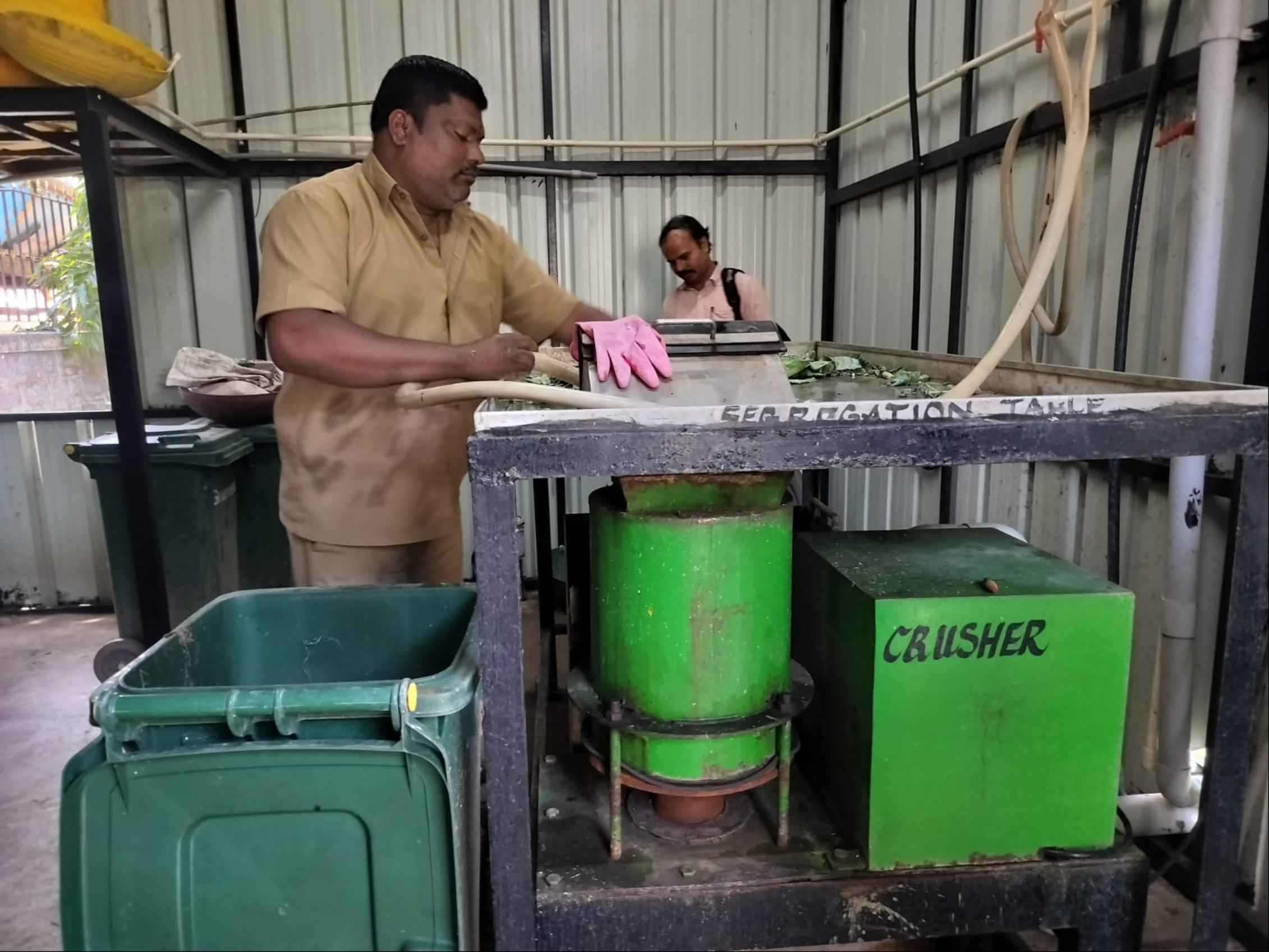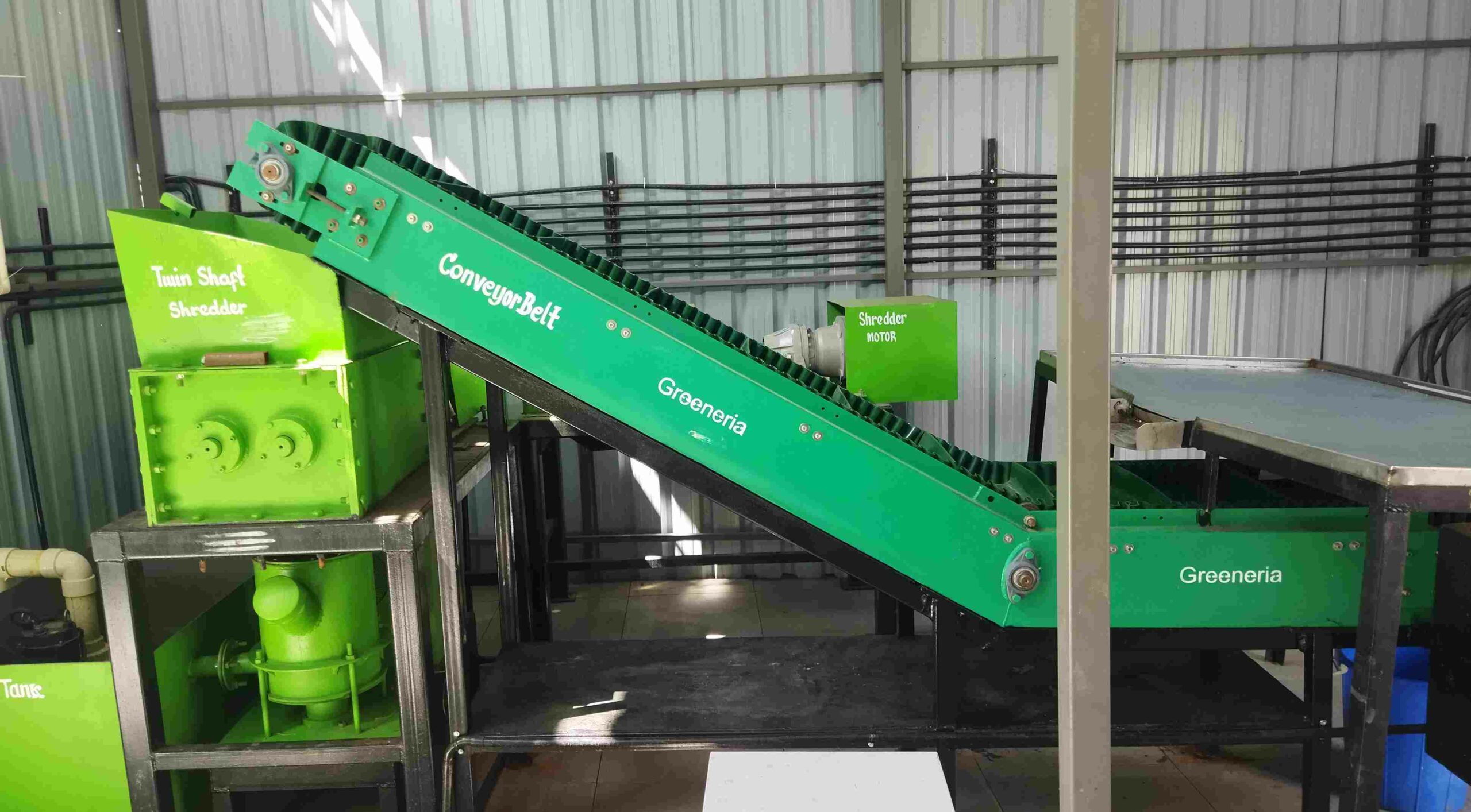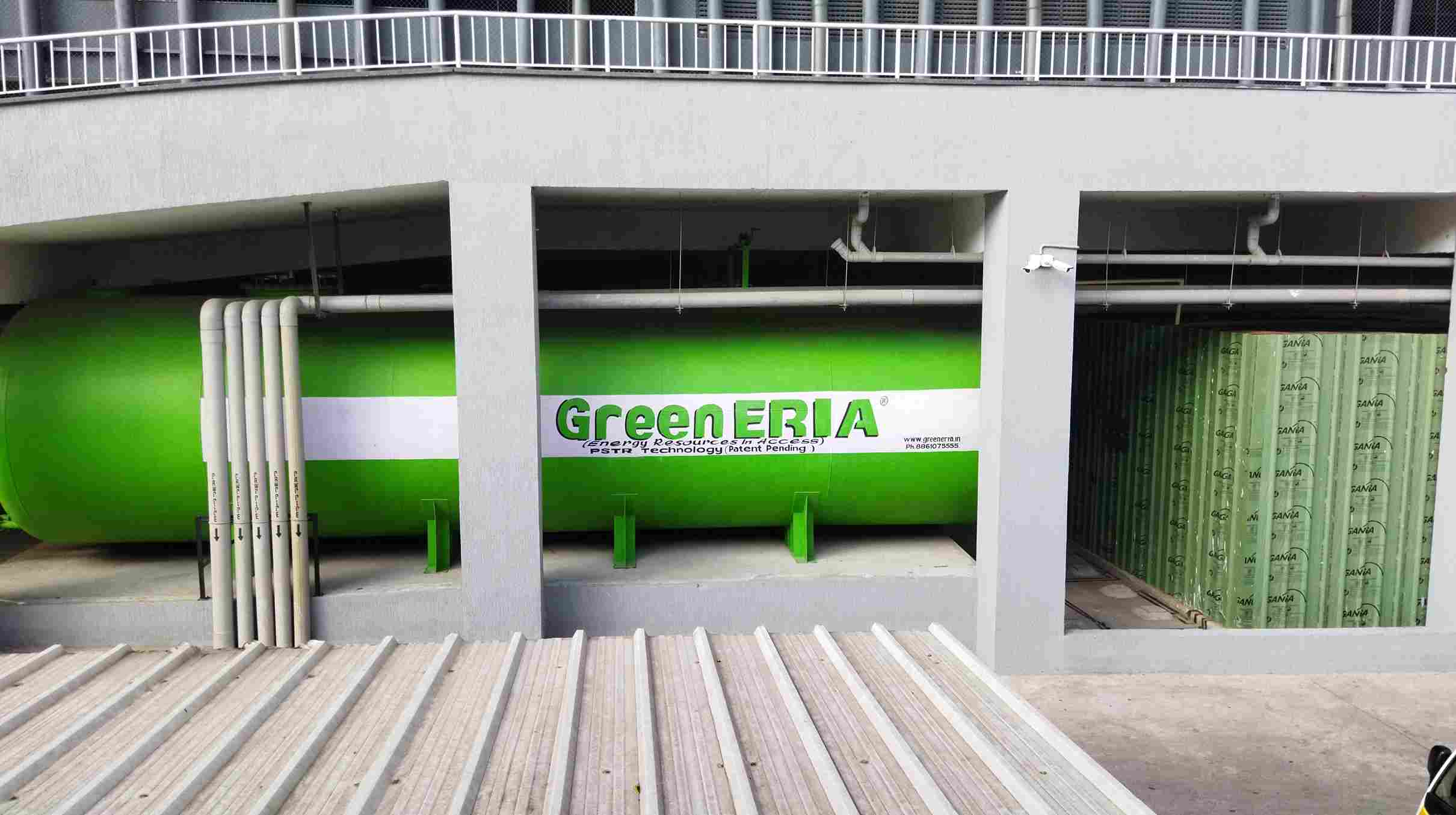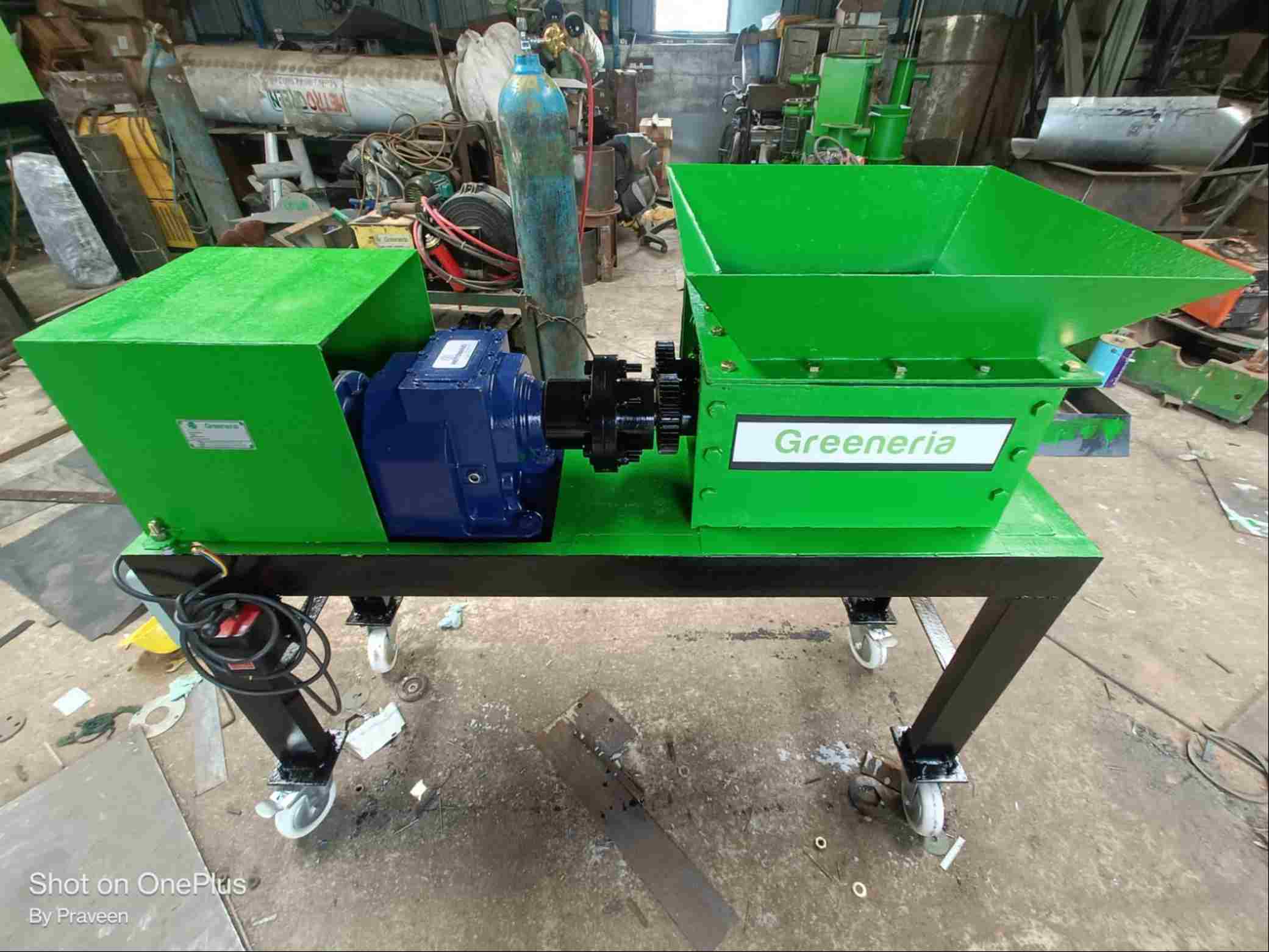
[ad_1]
This text is in partnership with Greeneria Renewable Applied sciences
Within the bustling nation of India, the place speedy urbanisation meets the challenges of waste administration, this visionary man from Bengaluru has been reworking the panorama for many years.
Meet M S R Kumar, a mechanical engineer with a worldwide perspective, who, after almost 20 years overseas, returned to India with a mission — to introduce environment friendly waste administration practices within the nation’s city areas utilizing biogas vegetation.
His journey started with a realisation impressed by the success of biogas initiatives he witnessed in Canada and Germany. Regardless of going through preliminary scepticism in regards to the feasibility of city biogas in India, he based Greeneria in 2014 to champion this trigger.
Greeneria is a part of the Indian Biogas Affiliation (IBA), which is instrumental in forming varied insurance policies together with ministries just like the Ministry of New and Renewable Power (MNRE), Petroleum Ministry, and Ministry of Water and Sanitation. The affiliation performed a pivotal function in initiating the SATAT programme and the GOBARdhan initiative.
Greeneria’s tasks, outfitted with IoT know-how, are unfold throughout India — from Rashtrapati Bhavan and main IT firms like Hewlett Packard and Capgemini to procuring malls like Discussion board and residential complexes. Greeneria proudly shares that they maintain the report for the most important residential biogas system in India, offering a sustainable answer to Status Jindal Metropolis in Bengaluru.

The rise of biogas methods in city waste administration
“Throughout my time overseas, I noticed environment friendly waste administration practices, significantly biogas vegetation in city areas. This impressed me to deliver related practices to India,” says Kumar, who returned to India in 2012 with this goal.
Motivated by the greater yield of biogas from city waste (4%) in comparison with rural cow dung (2%), he advocated for its adoption in city settings.
The SATAT scheme promotes entrepreneurs to determine Compressed Bio Fuel (CBG) vegetation. These vegetation produce and provide CBG to Oil Advertising and marketing Corporations (OMCs) to be used as automotive and industrial fuels. The GOBARdhan initiative entails varied schemes and insurance policies, specializing in changing natural waste — similar to cattle dung and agricultural residue — into biogas, Compressed Biogas (CBG), and Bio CNG.
Kumar shares that the Swachh Bharat Mission is a landmark in India’s waste administration insurance policies, and that certainly one of their achievements coincided with the launch of the mission — the introduction of the Stable Waste Administration Guidelines 2016. Kumar explains that this regulation, significantly the Bulk Waste Generator Rule, turned a game-changer for city waste administration.
“The Bulk Waste Generator Rule is essential as a result of, in any metropolitan space, 60% of waste comes from bulk turbines, with solely 40% originating from particular person households,” he says explaining that the 60% of bulk waste turbines embrace locations like fruit and vegetable markets, tech parks, marriage ceremony venues, procuring malls, residences, accommodations, eating places and extra.

If these turbines deal with their waste on-site itself, 60% of waste might be stopped from ending up in landfills, stopping environmental points. Landfills are dangerous, particularly if natural waste finally ends up there, resulting in air pollution, groundwater contamination, and well being issues, he shares.
Elaborating on the importance of the rule, he shares, “Let’s contemplate every house producing one kg of waste. If there are 100 residences, they collectively generate 100 kg of waste. Based on the rule, any house complicated with 100 or extra items should implement a waste administration system; in any other case, they gained’t obtain an occupational certificates.”
He provides, “Bulk Waste Mills (BWG), who had been initially detached, began exhibiting curiosity as a result of compliance with this rule turned mandatory for acquiring occupancy certificates and different licences.”
He provides that this rule turned a major regulation, particularly for managing natural waste, which is a serious problem. Not like inorganic waste like plastic and paper, which might be simply recycled for revenue, natural waste poses a extra important downside. Nevertheless, if managed correctly, natural waste might be transformed into worthwhile fuel and fertiliser via the method of biogas manufacturing. Biogas serves as an equal to LPG fuel and produces fertiliser as a byproduct.
“We started implementing this answer in residences, accommodations, tech parks, and for varied bulk waste turbines, even gaining curiosity from municipalities of cities like Prayagraj, Dharamshala and Belagavi. Our methods are outfitted with IoT know-how, permitting real-time monitoring of waste enter, fuel manufacturing, PH ranges, electrical energy era, and the well being of the digester, offering worthwhile insights for environment friendly administration,” he explains.
Other than environmental advantages, Greeneria emphasises the monetary incentives of adopting biogas methods. Institutions with one-tonne-per-day biogas methods can earn round Rs 75,000 per yr via carbon credit, including an additional layer of motivation for companies to spend money on sustainable waste administration.

In comparison with composting methods, which he says might be messy, emit sturdy odours, and appeal to pests, biogas methods supply a cleaner and extra enclosed answer. In residences or procuring malls, the disagreeable odor and related points like mosquito infestation are prevented with biogas methods. Regardless of the same pricing, a life cycle evaluation reveals that biogas methods are extra environmentally pleasant, particularly within the context of decentralised waste administration, he informs.
“In centralised waste administration, many governments spend money on giant compost vegetation, which may result in points like methane emissions, if not correctly managed. Methane is way more dangerous than CO2 when launched into the ambiance. So I advocated for a shift from large-scale composting to odour-free biogas methods,” he provides.
Greeneria proposed the thought to numerous Authorities officers, emphasising the advantages of biogas methods. These methods not solely produce fuel however also can energy neighborhood kitchens or fuel energy turbines for streetlights and customary space lighting. “I’ve efficiently carried out this idea in collaboration with greater than 30 to 40 municipalities throughout India,” says Kumar, including that he advocates decentralised waste administration because it’s a lot simpler to segregate waste in smaller portions.
He additional informs that the price of biogas methods turns into extra economical because the variety of residences will increase. “For instance, in a 1,000-apartment complicated, the fee is roughly Rs 35 lakh. When divided among the many residences, it’s a one-time price of Rs 3,500 per house, serving them for 35 years, offering each electrical energy and fertiliser. Equally, for a 500-apartment complicated, the fee per house is round 4,000 rupees, making it an reasonably priced funding.”
He provides that this strategy not solely makes waste administration reasonably priced for residences but in addition teaches kids the significance of segregation, making certain a cleaner setting for the long run.
“Moreover, we’ve launched a leasing mannequin, making us one of many first firms in India to supply leasing choices for house associations, five-star accommodations, tech parks, and different creditworthy prospects,” he says, including that they proudly maintain the certification as the one IIT (Indian Institutes of Expertise) licensed biogas plant contractor in India.
He provides that they’re at present growing superior segregation tools. When municipal waste is enter into the hopper, the output will probably be 95% segregated. The tools will quickly be accessible for market operations.

Fueling streets, companies, and the Rashtrapati Bhavan
Greeneria stands out not just for its dedication to sustainability but in addition for its technical experience. The group has studied temperature-yield relationships, incorporating thermostat controls, and delved into the affect of agitation on yield. Their strategy of incorporating each agitation and temperature controls units them aside from different biogas firms in India.
Kumar says certainly one of their important tasks is on the Rashtrapati Bhavan in New Delhi — which has the world’s largest presidential acreages, surpassing the White Home in dimension. “Our system effectively manages its difficult waste, together with horse dung!”
Moreover, Greeneria collaborated with Prayagraj Good Metropolis to light up 900 streetlights utilizing 15 tonnes of natural waste. In Dharamshala and Belagavi, 5 tonnes of natural waste energy 450 streetlights every.
Moreover, companies like Hewlett Packard, and Capgemini are making strides in waste administration. For example, in Hinjewadi, Pune, 6,000 staff from Hewlett Packard generate one ton per day (TPD) of waste, producing 35 kg of fuel, equal to costly LPG. “By changing waste into biogas and fertiliser, these firms not solely scale back LPG payments but in addition acquire natural fertiliser as a further asset for his or her giant campuses,” he explains.

With over 277 installations throughout the nation, Greeneria continues to handle challenges in distributing biogas effectively. Kumar suggests changing biogas into electrical energy or directing it to shared areas for neighborhood use, turning waste administration into a company social duty initiative.
“Daylight is important for photo voltaic vitality, and wind is required for wind vitality. Nevertheless, there’s at all times a whole lot of waste in cities and villages. Through the use of waste for biogas, you get three advantages in a single — fertiliser, helpful fuel, and environment friendly waste administration. That’s why I name it the king of renewable vitality!” he says.
Greeneria is a testomony efficient to the ability of perseverance and innovation in addressing urgent environmental points. The corporate shouldn’t be solely contributing to a cleaner, extra sustainable India but in addition setting an instance for companies worldwide to embrace eco-friendly practices.
As Kumar aptly places it, “One of many easiest methods to specific patriotism in direction of India is by segregating our waste. Undertake a two or three-bin system. Use one bin for digital waste and dangerous supplies, one other for natural waste (colored inexperienced), and a 3rd for dry waste (colored blue).”
“Let’s make sustainability part of our every day thought course of and actions for a greater setting for our youngsters and future generations,” he provides.
(Edited by Padmashree Pande, All images courtesy Greeneria)
[ad_2]